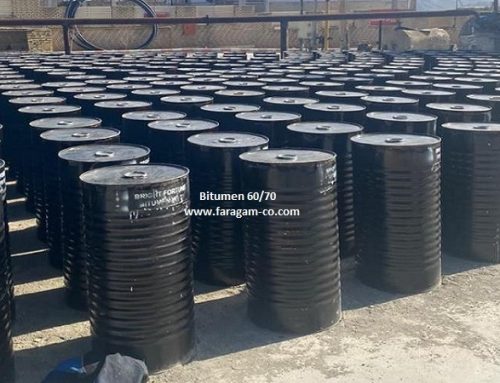Gilsonite in drilling mud has some special functions, which are:
Gilsonite has Ability to work in very high temperature environments (high softening point between 175 to 235 ° C)
Gilsonite, Prevent damage to drill bits
Gilsonite, Prevent sticky drilling mud with oil base
Gilsonite, Polishing the surfaces of drilling wells and removing excess mud and drilling sludge
Gilsonite, Prevent bulking or agglomeration of rocky soil compounds.






Leave A Comment